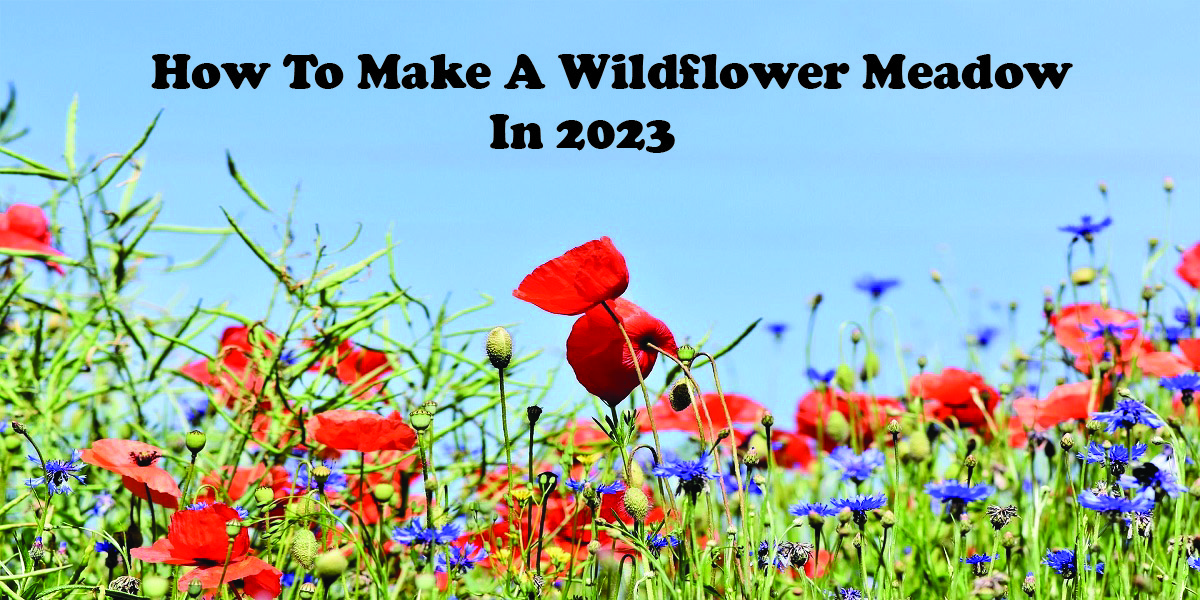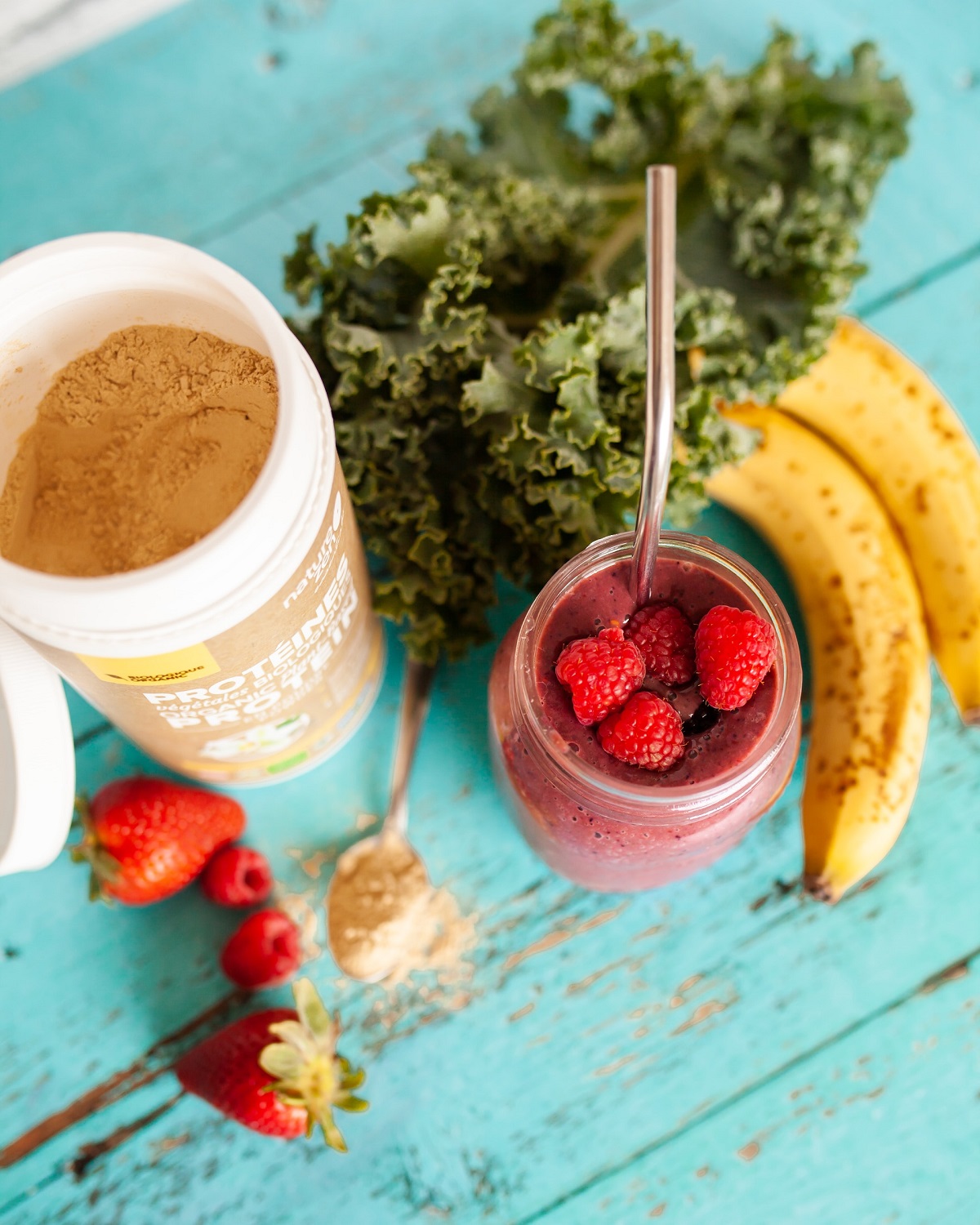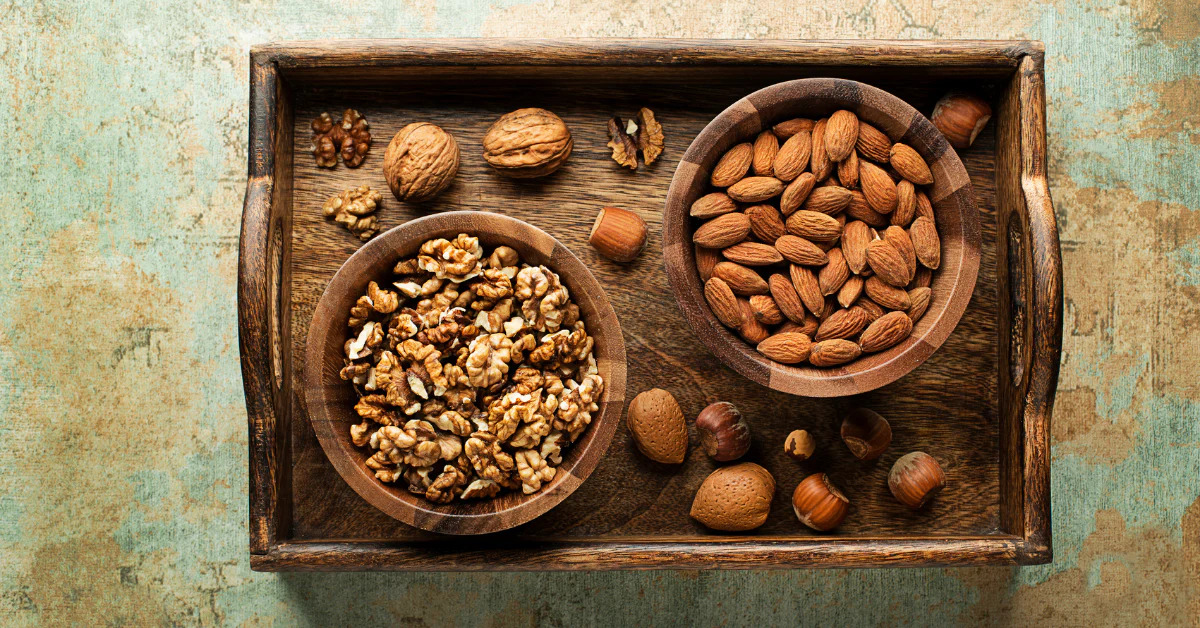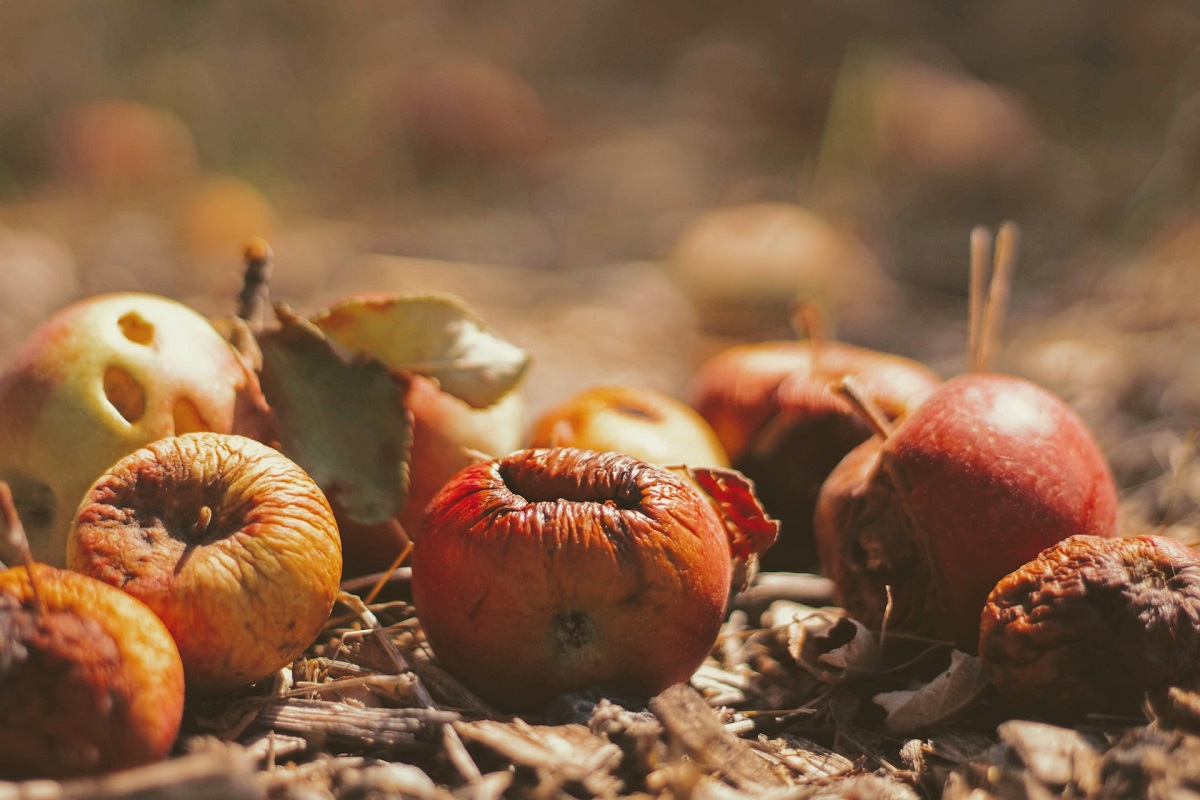How To Make A Wildflower Meadow In 2023 – Tech Foodie
Are you dreaming of a vibrant and colorful wildflower meadow in your garden? Creating a beautiful meadow filled with native flowers can be a rewarding and environmentally friendly project. In this article, we will guide you through the steps to make your own wildflower meadow in 2023. From site selection to seed sowing and maintenance, we’ll cover everything you need to know. Let’s get started!
Steps to Make a Wildflower Meadow
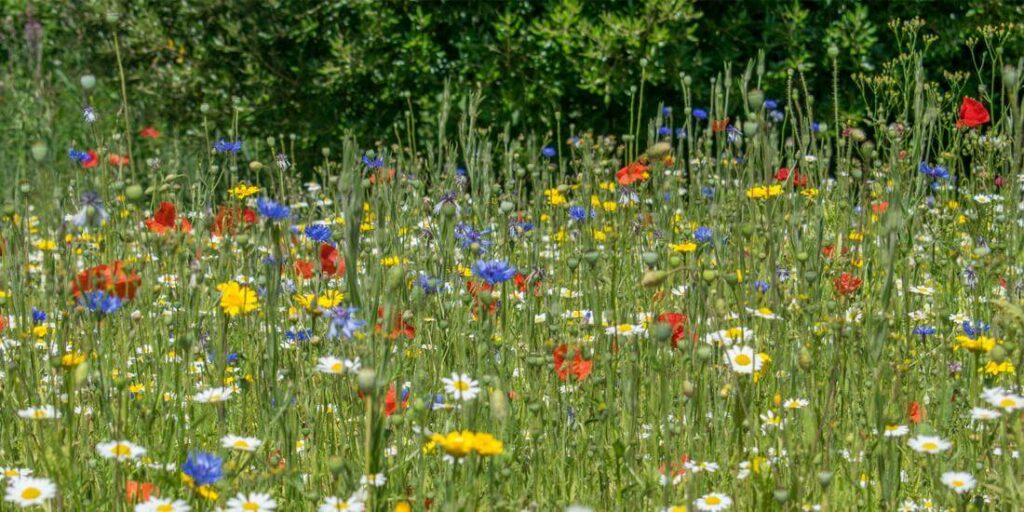
Wildflower meadows are a stunning addition to any landscape, providing a burst of colors and attracting pollinators like butterflies and bees. They offer a natural habitat for various wildlife species and contribute to the overall health of the ecosystem. By creating a wildflower meadow, you can contribute to biodiversity conservation and enjoy the beauty of nature right in your backyard.
1. Choosing the Right Location
Selecting the right location for your wildflower meadow is crucial for its success. Look for an area that receives ample sunlight, preferably at least six hours a day. Wildflowers thrive in full sun and may struggle to grow in shaded areas. Consider the size of the space you have available and ensure it can accommodate a meadow without overshadowing other plants or structures.
2. Soil Preparation and Conditioning
Before sowing your wildflower seeds, it’s essential to prepare and condition the soil. Start by removing any existing vegetation, including grass and weeds. Loosen the top layer of soil using a garden fork or tiller to improve drainage and root penetration. If the soil is poor in quality, you may need to amend it with organic matter or compost to enhance fertility.
3. Selecting the Perfect Wildflower Seeds
Choosing the right wildflower seeds is key to achieving a vibrant meadow. Opt for a mix of native wildflowers that are well-suited to your region and climate. Native species are adapted to the local conditions and require less maintenance. Consider the bloom time and choose a mix that offers a variety of colors, shapes, and heights to create an aesthetically pleasing display throughout the year.
4. Sowing the Seeds
Once you have your wildflower seeds, it’s time to sow them in the prepared soil. Follow the instructions provided by the seed supplier for the best results. Generally, it is recommended to scatter the seeds evenly across the area and lightly rake them into the soil. Avoid burying the seeds too deep, as they require light to germinate. Water the seeded area gently to ensure good seed-to-soil contact.
5. Watering and Germination
After sowing the seeds, proper watering is crucial to support germination and early growth. Keep the soil consistently moist but not waterlogged. Use a gentle spray or sprinkler to avoid disturbing the seeds. Depending on the weather and soil conditions, you may need to water the meadow regularly for several weeks until the seedlings establish themselves.
6. Managing Weed Growth
Weed competition can hinder the growth of your wildflowers, so it’s important to manage weed growth effectively. Hand-weeding is the most precise method but can be time-consuming, especially in larger meadows. Alternatively, you can use natural mulch, such as straw or wood chips, to suppress weed growth. Avoid using herbicides, as they can harm the wildflowers and the surrounding ecosystem.
7. Mowing and Maintenance
Maintaining your wildflower meadow involves proper mowing and periodic maintenance. Allow the wildflowers to bloom fully before mowing for the first time.
Once the majority of the flowers have finished blooming, mow the meadow to a height of 4-6 inches. Leave the clippings on the ground to provide organic matter and nutrients. Regular mowing helps prevent woody plants from invading the meadow and encourages new growth.
8. Enjoying Your Wildflower Meadow
As your wildflower meadow matures, it will attract a variety of pollinators and wildlife, creating a vibrant and dynamic ecosystem. Take the time to sit back and enjoy the beauty of your creation. Observe the different wildflower species, listen to the buzzing of bees, and watch butterflies flutter from flower to flower. A wildflower meadow is not only visually appealing but also a peaceful and enchanting space to relax in.
Conclusion
Creating a wildflower meadow is a fulfilling endeavor that adds natural beauty to your surroundings and supports biodiversity. By following the steps outlined in this article, you can establish a thriving meadow that brings joy and benefits to both you and the environment. Embrace the opportunity to connect with nature, and let the vibrant colors of wildflowers brighten your days.
FAQs
The establishment period for a wildflower meadow can vary, but it typically takes around one to three years for the meadow to fully establish and reach its peak bloom.
Yes, you can create a wildflower meadow in a small garden by using containers or designated areas for planting. Choose wildflower species that are suitable for container gardening or opt for smaller-growing varieties.
Wildflower meadows generally require less maintenance compared to traditional lawns. However, they do require periodic mowing, weed management, and occasional seed reseeding to maintain their beauty and prevent dominance by aggressive plant species.
Walking or sitting in a wildflower meadow should be done with care to avoid damaging the delicate flowers or disrupting wildlife. Consider creating pathways or designated seating areas to enjoy the meadow without causing harm.
Yes, wildflower meadows are excellent habitats for attracting butterflies and bees. By planting a diverse mix of native wildflowers, you can provide nectar and pollen sources that support these beneficial pollinators.
Read More: EXPLORING HIGH-TECH KITCHEN APPLIANCES
